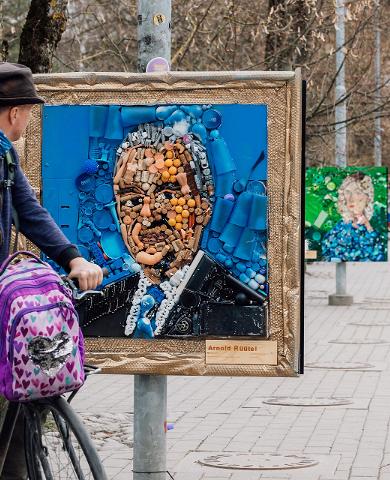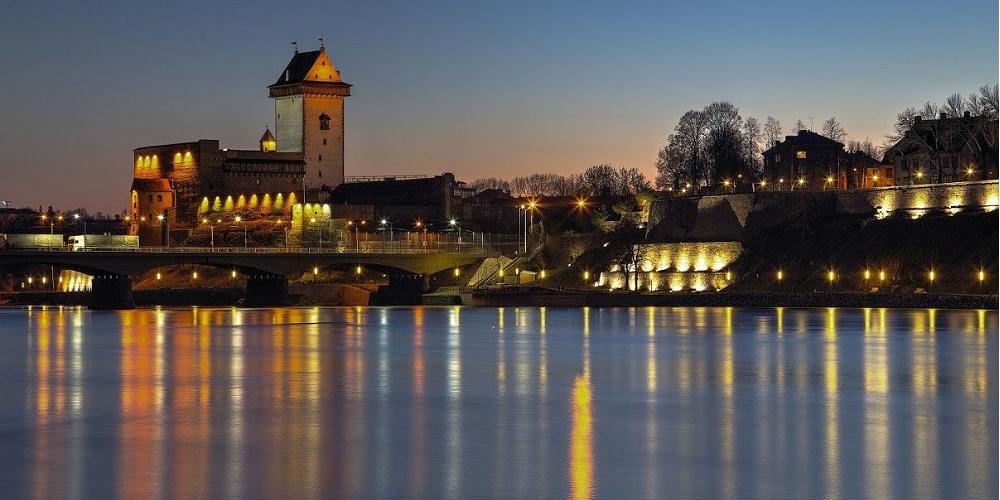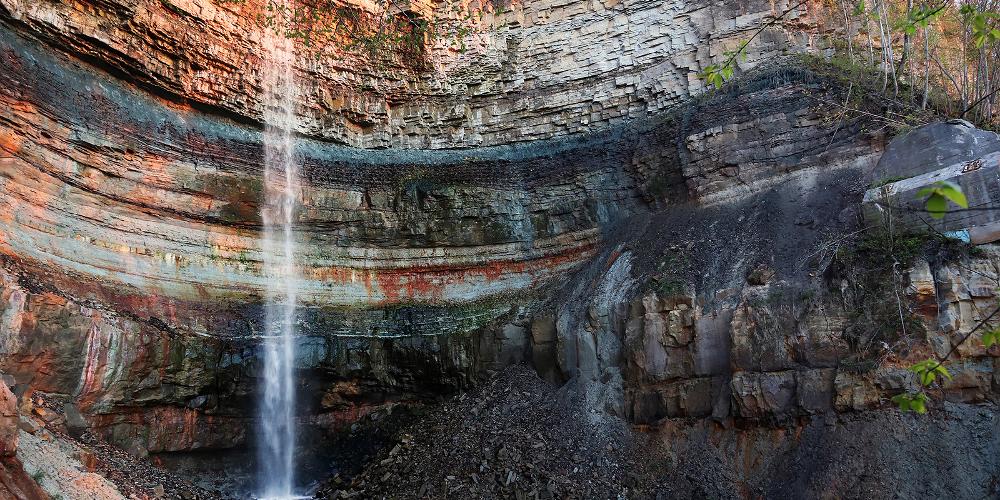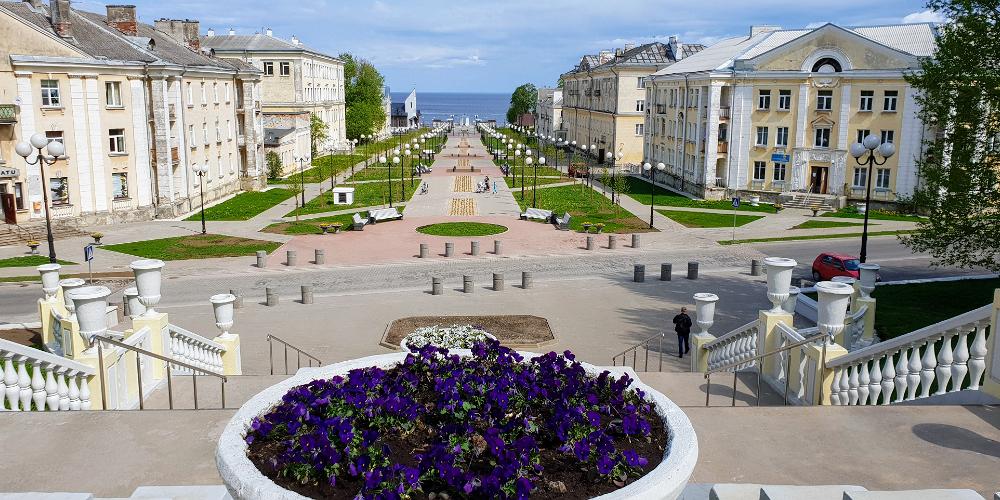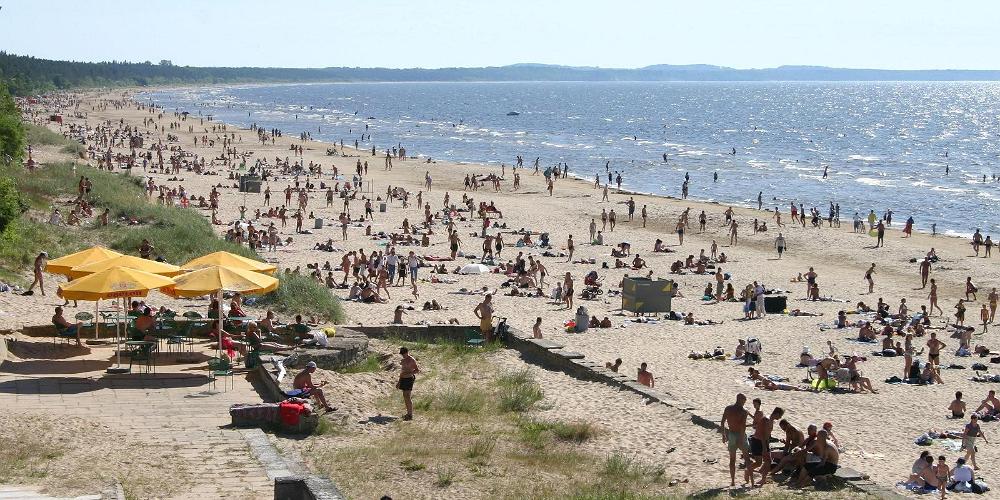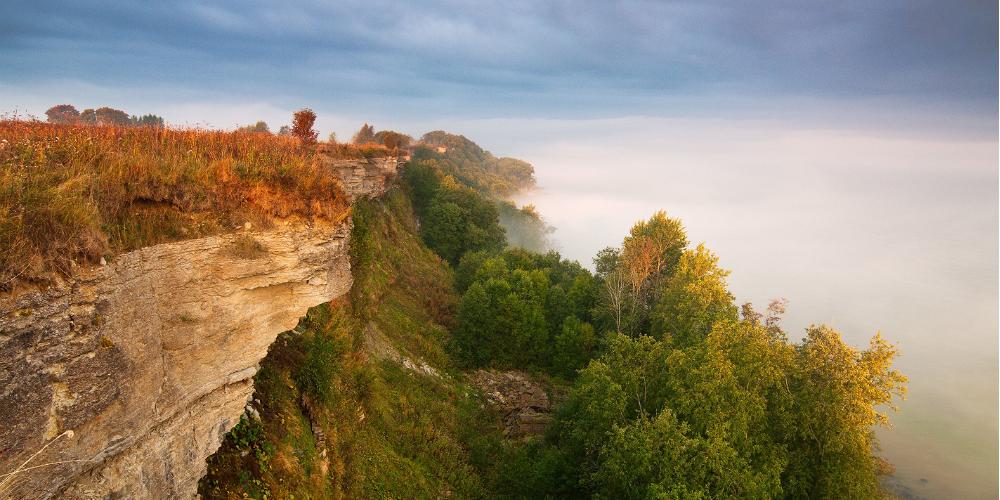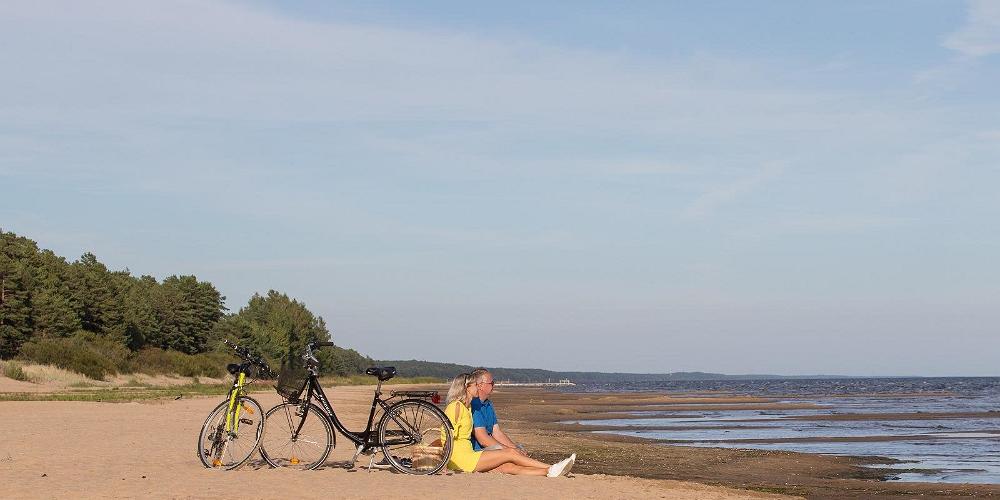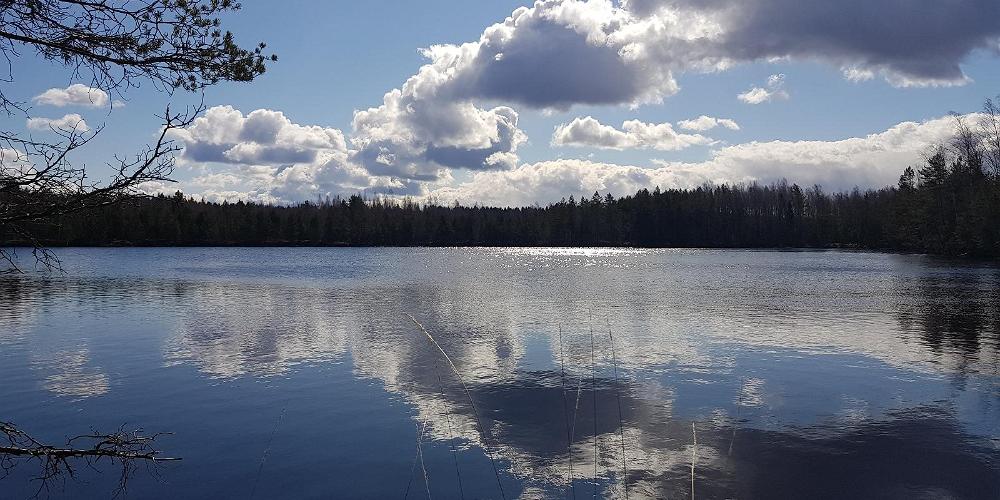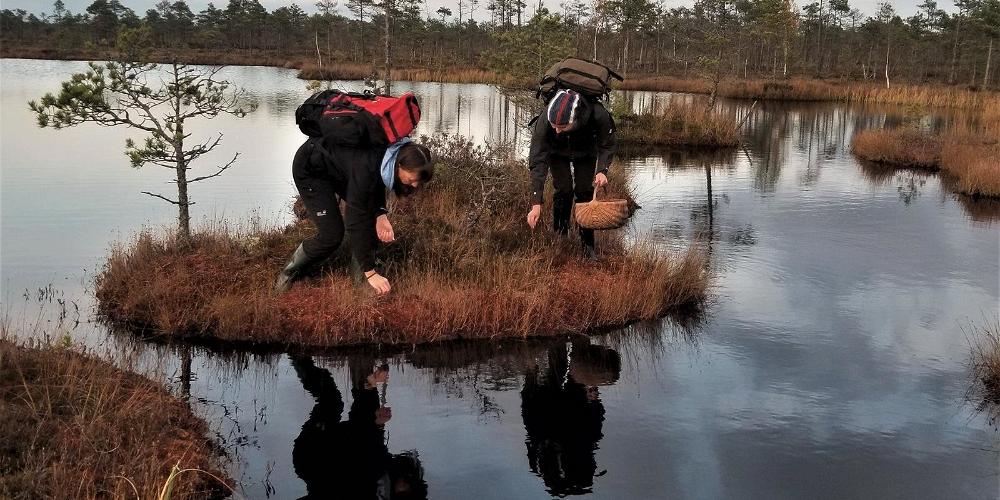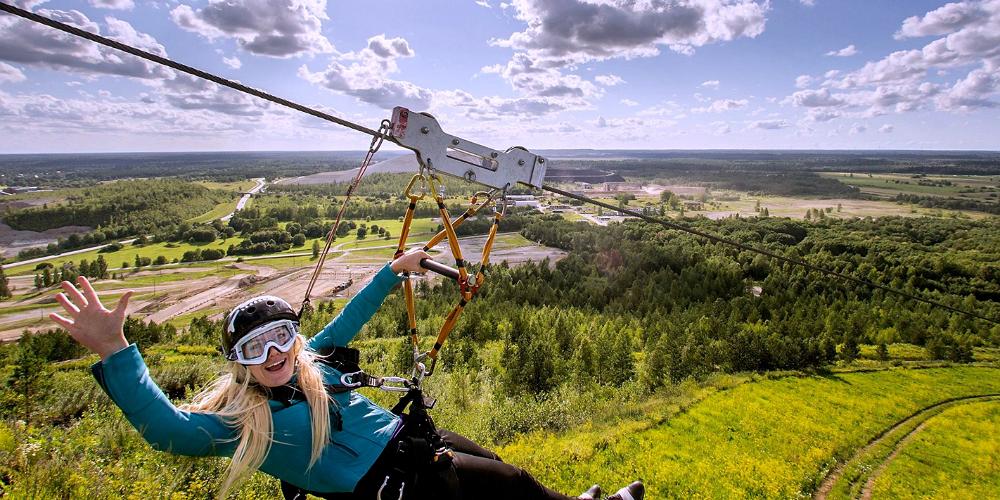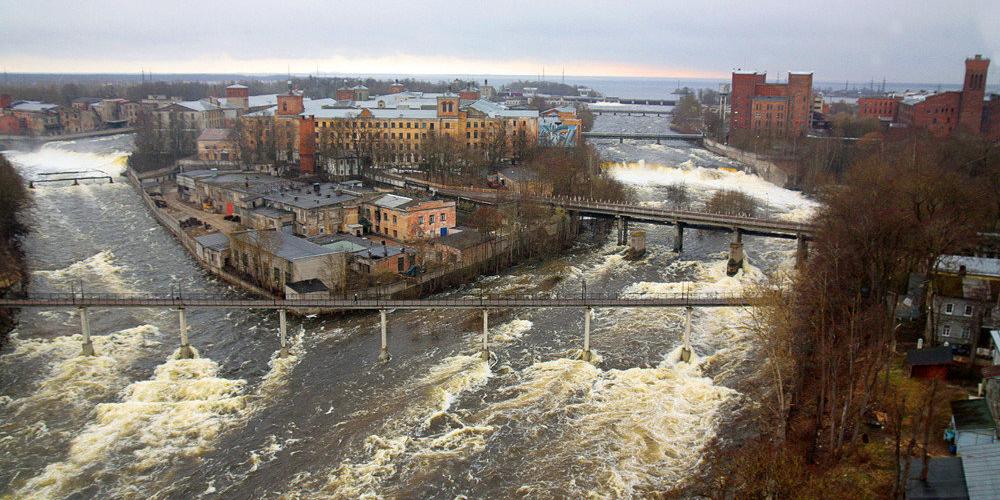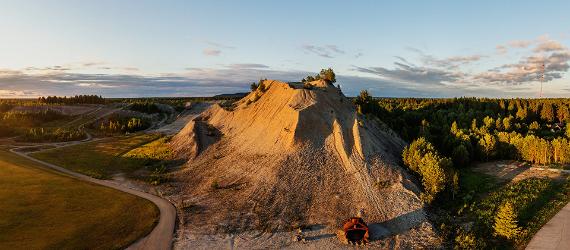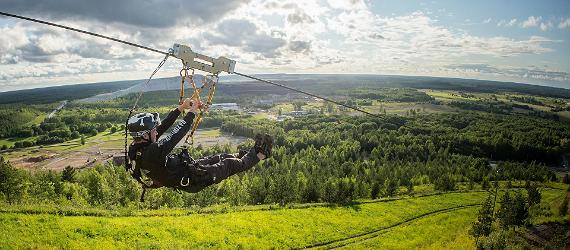The eastern region of Estonia, Ida-Virumaa, holds a lot of surprising and unexpected places. This is confirmed by a recent study by the University of Tartu, which found that eastern Estonia actually holds the most national records of any area in the country! The unique nature, rich culture and wide opportunities for extreme sports and adventure give you even more reasons to head east.
Narva Castle is one of the main attractions of the city. In the seventh decade of the 13th century, the Danes established the castle as a residence for the Danish King’s Vice-regent. Narva Castle is the most diverse and best-preserved defence structure in entire Estonia. The area of the castle is 3.2 hectares, and its highest point is the Tall Hermann Tower (51 metres). Today you can visit the museum in the castle, where the displays explain the history of Narva and the castle. There are handicraft workshops in the northern yard, where you can try your hand at various techniques and handicrafts.
Read moreValaste Waterfall, located on the Ontika limestone cliff, is more than 30 m high, making it the highest waterfall in Estonia. The waterfall can be admired also from the side, whence you get a lovely view of the layers formed in 400 million years. The waterfall is most striking in spring and during floods. But it is most spectacular in winter, when the northern winds blow from the sea, with the water droplets forming ice sculptures on the trees on the limestone cliffs. After enjoying the view, you can eat and rest in the nearby cafe.
Read moreSillamäe is located near the Gulf of Finland, on the estuary of the Sõtke river. The industrial city was 'created' in 1946 when it was decided to establish a metallurgy plant there that reprocesses oil shale ore to get uranium oxides. Due to this industry, the city was closed off for a long time. Today, you have the possibility to examine the buildings from the post-war period of Stalin, classical style avenues, and museums. Sillamäe Museum and the exhibition of the Sillamäe Museum branch in the Sillamäe Cultural Centre offer town excursions on request.
Read moreNarva-Jõesuu beach is covered with fine sand and lined with a pine forest. It's also well-known for its unique natural environment and is the longest beach in Estonia, running 7.5 km on the south shore of the Gulf of Finland. Visitors to the beach will be able to enjoy the comfort of a coastguard presence, a beach volleyball court, a playground for children, cabins, and showers. Did you know...? The quickest way to the beach is to take the road in front of the Narva-Jõesuu Spa. Narva-Jõesuu also requires paid parking! You can buy parking passes from parking inspectors, shops, bars, and hotels in the area.
Read moreThis is the location of Estonia’s highest limestone cliff, the Ontika cliff. Approximately 55 metres high - the cliffs are almost like a stone book, opening to the viewer to reveal the layers of its various eras. A nearby observation platform, built close to the Valaste Waterfall, is the best place to view the cliff. Visitors to the area are also able to take a hike along the coastal hiking trail to discover the limestone cliff's unique forest. Did you know...?: The Ontika Limestone cliff is the highest section of the over-1,100 km-long Baltic limestone bank that starts on Sweden's Island of Öland and ends in Russia near Lake Ladoga. The longest uninterrupted portion of the limestone cliff runs 23 straight kilometres, from the Village of Saka to the vicinity of Toila.
Read moreThe Peipsi Recreation Area on the northern coast of Lake Peipus stretches 32 km from Tammispää to Vasknarva. The landscape is diverse and there, you can find marshes and bogs, the dune of Järvevälja and Smolnitsa, and the northern shore of Lake Peipus. The recreation area is rich in rivers and the Kurtna lakes are also located there (about 40 lakes in an area of about 30 km2). The Kauksi Visitor Centre is located on the northern coast of Lake Peipus, which introduces visitors to the local nature and the recreational opportunities near Lake Peipus.
Read moreThe Kurtna lake district, located in Alutaguse Rural Municipality, is one of Estonia's most lake-rich areas, where 42 lakes can be found in an area of about 30 square kilometers. The lakesides are popular recreation and swimming spots for locals and visitors from afar. Läke Liivjärv and Lake Martiska are the easiest to find and best marked. The State Forest Management Centre has built campfire sites and recreation areas on their shores. Good to know: - The Kurtna lake district developed as a result of the movement and melting of glacial ice; - There is a hiking trail in the district which leads past 11 of the lakes; - The forest bordering the lakes is filled with mushrooms and berries.
Read moreAlutaguse National Park covers the vast majority of the Alutaguse Lowland. The region’s distinctive feature has been the sparse human settlement and the high proportion of natural landscape. The core of the national park is made up of extensive bog and forest landscapes. In general, the area is covered with flat swamps, but there are also kame fields, esker systems, and dunes. There are many rest places and hiking trails in Alutaguse National Park and the long hiking trail of RMK runs through the landscape. Various nature and environmental study programmes are commissioned by the employees of the visitor centre of Alutaguse National Park.
Read moreEstonia’s longest zip-line is surely one of the most exhilarating attractions at the Kiviõli Adventure Centre. The ride starts from the tower erected on the hill and runs 600 m along the cable with speeds reaching up to 80 km/h. There is a safe braking system at the end of the cable. In addition to zip-lining, you can drive on a hilltop car track, which runs from the top of the hill down the ski slope. Children can drive small electric and gasoline-powered vehicles. Also, adventure games similar to treasure hunts are offered to the entire family. You can grab something to eat at the Hill Café, which is located in the centre's main building.
Read moreThe double-terraced waterfall is located on the Narva River, just above the city. Kreenholm Island is located between the two terraces. The famous Kreenholm Textile Factory was built on the shore of the waterfall in the 19th century and was the largest factory in the Russian Empire at that time. In 1913 more than ten thousand people worked there! A compact complex of industrial architecture developed around the factory that included the factory, a hospital, workers' barracks, directors' houses, and Kreenholm Park. The buildings were built in the English style using red brick. The Kreenholm brand is known far beyond Estonia. The territory of the manufactory is closed, but there are guided tours on Sundays.
Read more





